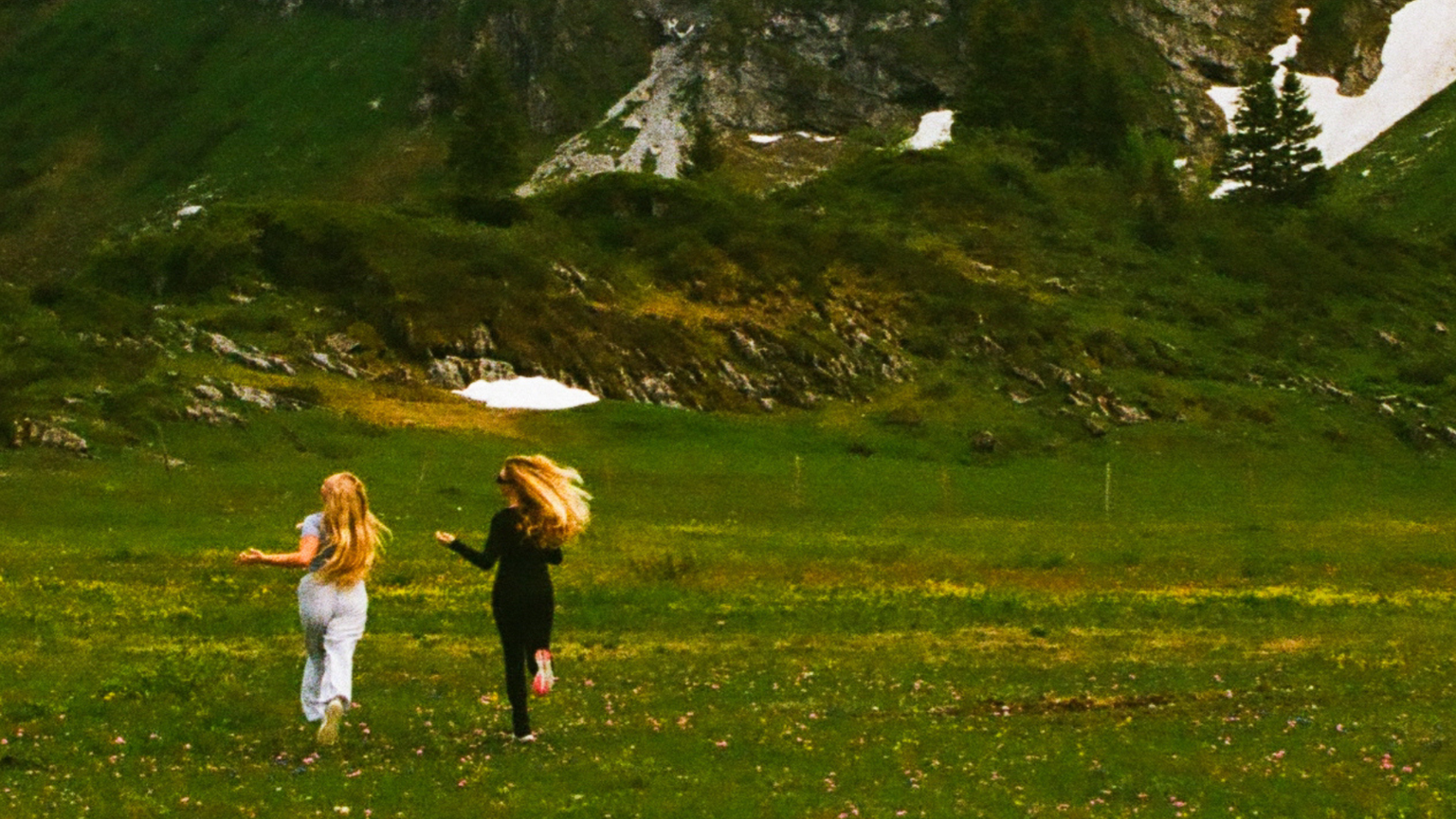
The State of Gen Z & Young Millennial Travel, Vol. II
We surveyed 1,000 18- to 35-year-olds to discover how pop culture, the economy, and climate change are reshaping young adult travel.
Top stories
From BookTok to your bucket list
Live from Portugal

From our community
Trends, inspo, and memories from the road.

Wanted: writers and creators
Ready to share your travel stories with a community of 18–35s? Drop your pitch and we’ll get back to you.
Find your dream trip
Pick a destination and explore our itineraries.










)
)












